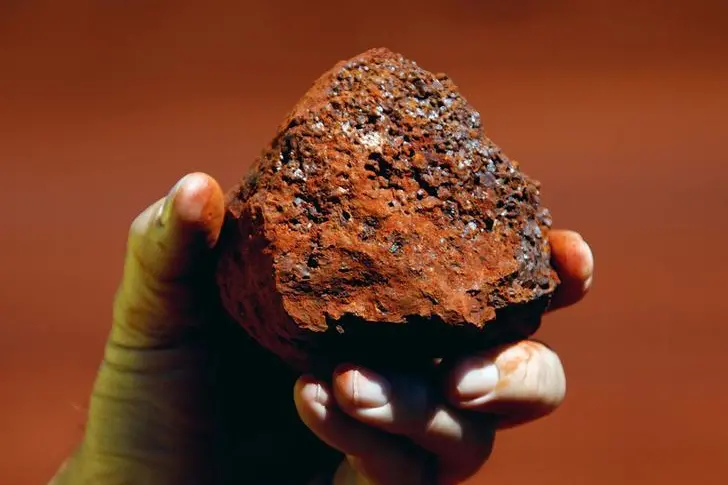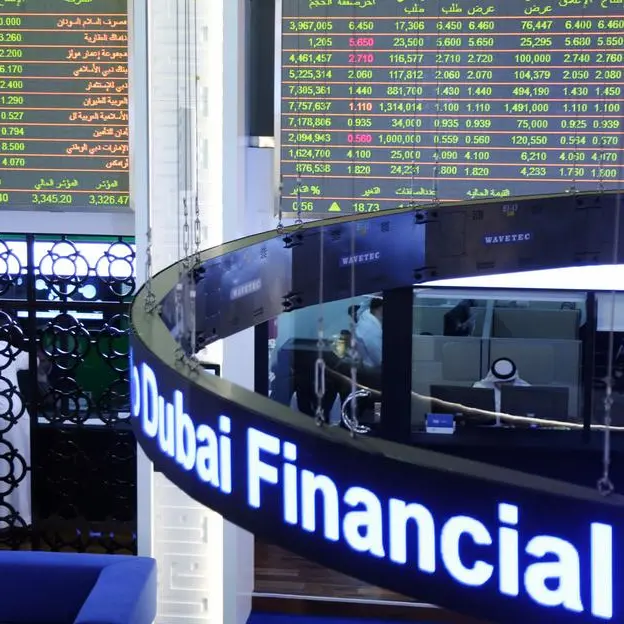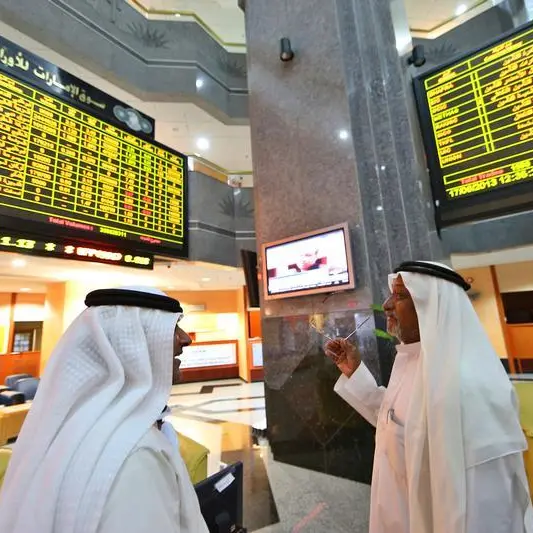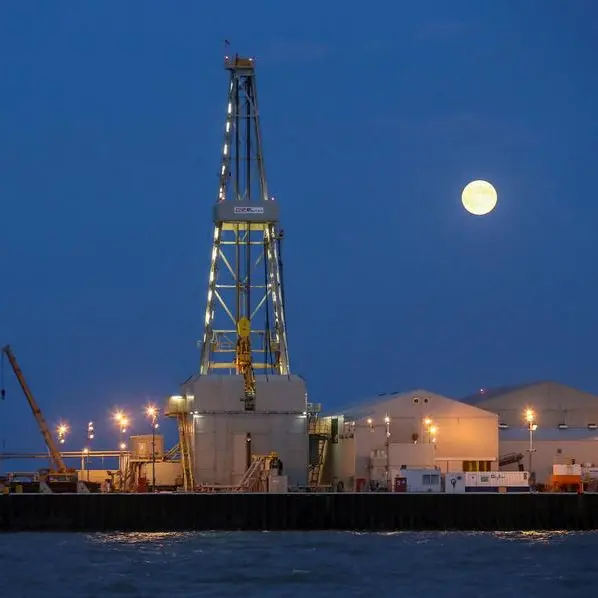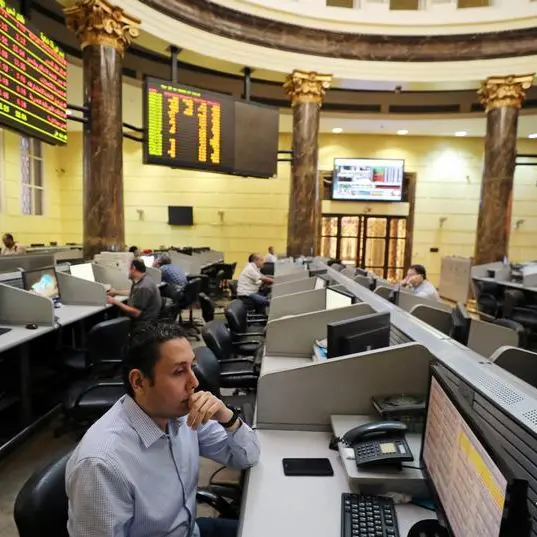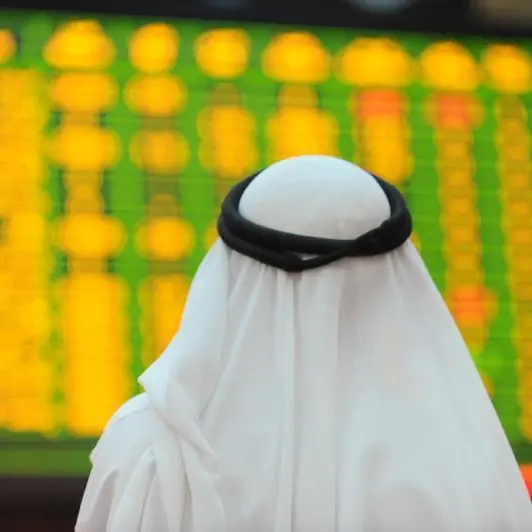PHOTO
HONG KONG - Iron ore is feeling the pain of Beijing's stimulus restraint. Prices for the steelmaking ingredient have cooled after a spike this year. That's partly thanks to easing supply pressures. China, though, has yet to help demand by splurging on bridges and buildings to counter flagging growth. Government efforts to revive a cooling economy may be far less steel-intensive this time around.
Iron ore has been badly squeezed in 2019, first by a dam disaster in Brazil that battered output from top producer Vale, then by a cyclone in Western Australia. The price of benchmark 62% iron ore for delivery into China broke $120 a tonne in July, the first time in five years.
That's now coming off. Vale is restoring production at its largest mine; Brazilian iron ore exports rose last month to their highest level in nine months. Attention is already turning to demand.
Few commodities are as dependent on Chinese spending as iron ore. Worsening numbers coming out of the world’s second-largest economy - from flagging manufacturing output to producer deflation - have fuelled hopes of stimulus, and indeed the central government has pushed localities to invest more in infrastructure, financed with special bonds.
Yet official July figures showed weakness in road, rail and property spending. Infrastructure investment rose a paltry 3.8% in the first seven months of the year, slower than 4.1% in the first half. Bad news, given Wood Mackenzie estimates that infrastructure accounts for over 20% of Chinese steel consumption, and most of demand growth. Now iron ore inventories are rising; steel mills are slowing down. A softening yuan doesn’t help.
China’s strategy is complicated by debts incurred by sloppy spending during past slowdowns. This time officials are expected to both stimulate and deleverage at the same time. Beijing has encouraged banks to lend more to the private sector, but it also cut corporate taxes, which dents fiscal revenues local officials depend on to pay off bonds. It’s made them reluctant to plow funds into low-yielding projects.
With supply still recovering, Chinese demand can keep iron ore prices up for now, relieving Vale, Rio Tinto and other major producers. It may not last.
CONTEXT NEWS
- Chinese industrial output growth slowed to a more than 17-year low in July, expanding just 4.8% from a year earlier, the National Bureau of Statistics said on Aug. 14. Fixed-asset investment rose 5.7% in January to July from the same period last year, lagging expectations of a 5.8% gain.
- Benchmark spot 62% iron ore for delivery into China was steady at $91.5 on Aug. 14, its lowest in more than four months, data from consultancy SteelHome showed. The price had rallied to touch $126.5 on July 3, the highest since early 2014.
(Editing by Pete Sweeney and Katrina Hamlin) ((clara.ferreira-marques@thomsonreuters.com; Reuters Messaging: clara.ferreira-marques.thomsonreuters.com@reuters.net))
